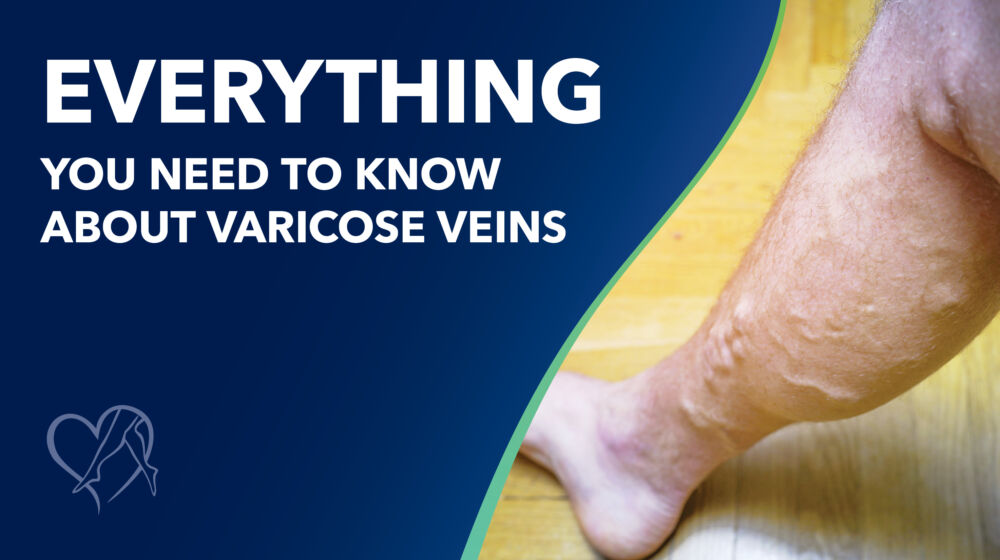1. Varicose Veins are a cosmetic concern only
Wrong! Once regarded by many as a purely "aesthetic issue," varicose veins caused by vein disease have been proven to be a medical problem.
Dr. Stewart explains that malfunctioning leg veins can lead to an increased risk of blood clots, leg pain, and swelling and can negatively affect the health and integrity of the skin. Skin integrity is vital to overall good health because healthy skin is a barrier to infection.
A breakdown in skin integrity can lead to skin color and texture changes—and can lead to skin rashes, discoloration, infections, and ulceration. Furthermore, if the skin is injured, that injury can take longer to heal, making patients more susceptible to infection or scarring.
2. My parents and grandparents had varicose veins. Is vein disease hereditary?
Yes, heredity is a risk factor for vein disease. If both your parents have had varicose veins, the odds that you will get the disease are as high as 90 percent.
The good news is that even though the primary venous disease is inherited, safe and effective treatments are now available. And these new treatments are not your grandparent's vein procedures! Today's treatments are office-based, minimally invasive, and require no downtime with few restrictions. Patients get back to their lives immediately.
Dr. Stewart explains that modern technology helps doctors intervene much earlier in the vein disease process than in the past. Patients today can avoid many of the complications of vein disease that older generations had to endure.
3. Insurance does not cover vein treatment
Very wrong! Most insurance plans, including Medicare and Medicaid, will cover treatment. Coverage is essential because the insurance companies understand and hope to avoid varicose veins, and chronic venous insufficiency (CVI) can lead to more severe and expensive medical complications. The only exceptions to coverage for vein disease are plans with a specific varicose vein exemption.
Dr. Stewart emphasizes that three cents on every dollar spent on healthcare in the U.S. is to treat complications related to vein disease. CVI places a significant financial burden on the U.S. health care system, with the cost of care related to vein disease estimated at more than $3 billion per year.1
"The insurance companies know that if they spend a dime today on vein care, they will save a dollar on treating far more serious vein disease in the future." – Dr. Sean Stewart
4. Spider veins are harmless
Yes, and no. In large healthcare surveys, up to 80 percent of adults will develop spider veins during their lifetime, states Dr. Stewart. In many cases, these may only be surface blemishes. While these unsightly veins cause no health risk, they can be a quality-of-life issue for many people, influencing how one dresses or how comfortable one feels in certain social situations.
In one out of three cases, these smaller, twisting, red, purple, and blue vessels on the skin can represent the beginning of underlying venous disease. The changes you see on the surface are often just "the tip of the iceberg," says Dr. Stewart.
A more thorough evaluation using ultrasound technology can determine the extent of the venous disease if you see spider veins and experience common symptoms of venous insufficiency.
5. Only a vascular surgeon can treat vein disease
False. Vein stripping, now considered an outdated treatment for CVI, was performed by a vascular surgeon in a hospital's operating room. However, over the past 20 years, treating varicose vein disease has shifted from invasive, hospital-based surgery to non-invasive, office-based procedures.
These new vein procedures have allowed physicians from different backgrounds to apply their skills and training to venous care, explains Dr. Stewart. This is one reason the treatment for venous disease has become more innovative, effective, patient-friendly, and with low risks.
Today's modern treatments performed at the Center for Vein Restoration (CVR) are all office-based, minimally invasive, and performed by highly qualified, specially trained, board-certified physicians across various medical specialties. This wide range of knowledge provides patients with unparalleled venous and lymphatic care.
"At CVR, we are stronger because we are a group of physicians from various medical backgrounds, each bringing a unique perspective on treating patients that suffer from venous disease. Collectively that makes our multiple-perspective approach to venous disease more comprehensive, thorough, and innovative." – Dr. Sean Stewart
Schedule a consultation with a CVR vein physician HERE.
6. Compression stockings cure vein disease
Cure? No. According to Dr. Stewart, graduated compression stockings are a great way to manage symptoms and slow the disease process down from worsening. And while compression stockings can be protective against blot clots and swelling in certain situations, these garments don't reverse vein disease.
Dr. Stewart adds that since the compliance for stocking use year-round can be as low as 8 percent, relying on stocking use makes it a difficult option to manage vein disease for most patients. Even with consistent stocking use, studies show that most venous disease patients will worsen clinically over time.
Furthermore, in 2013 the Society for Vascular Surgery released a statement recommending that patients not use compression stockings as a form of treatment; instead, they should undergo treatment if eligible.
7. Women should wait until after their child-bearing years before seeking treatment
Outdated theory. Moms-to-be can avoid significant swelling and discomfort often associated with vein disease during pregnancy by treating CVI before or between pregnancies. Because varicose veins tend to worsen with each subsequent pregnancy and appear earlier, the American College of Obstetrics and Gynecology recommended treating varicose veins between pregnancies. "Why suffer more with each pregnancy?" asks Dr. Stewart
Treatment is not recommended during pregnancy.
8. Men do not get varicose veins
Incorrect! Although it is more common for females (because of childbirth), men are not immune to varicose veins. Fifteen percent of men under 50 and one-third over 50 develop varicose veins. An estimated 42 percent of men will suffer from varicose veins by the time they reach their 60s, adds Dr. Stewart.
Unfortunately, men are less likely to seek varicose vein treatment or seek care much later in the disease process, putting them at greater risk for more severe venous diseases such as skin changes and ulcers.
9. Ulcers require only wound care to heal
Wrong. Dr. Stewart emphasizes that skin ulcers need a multi-disciplinary approach to treatment—and that treating the underlying vein disease increases ulcer healing and decreases recurrence rates. He cites the 2009 ESCHAR study that showed that wound care alone might be able to heal 90 percent of leg ulcers; however, reoccurrence is over 50 percent if the underlying issue causing the ulcer is not addressed.
Furthermore, 80 percent of ulcers in the lower extremities have some vascular component that needs to be addressed to heal a wound fully.
"Good wound care is essential to healing an ulcer, but addressing the underlying cause not only helps speed up the healing process but it also helps prevent reoccurrence of the ulcer."
– Dr. Sean Stewart
10. Varicose veins always reoccur
Today's treatments performed by a qualified vein physician are extremely successful. Recurrence rates of the same vein are below five percent when done by an expert.
That said, venous insufficiency is a chronic vein disease, which, according to the Centers for Disease Control and Prevention (CDC), is a condition that lasts one year or more and requires ongoing medical attention.
Because of the chronic nature of vein disease, Dr. Stewart says that, even after treatment, there is always a potential that new, different veins can become affected over time. He recommends to his patients that, in addition to vein treatment, routine vein surveillance (ultrasounds) is necessary every few years to keep the legs healthy.
Because the approach to treating venous insufficiency is not a "one and done" proposition, Dr. Stewart tells his patients that "a success when it comes to vein disease may involve a few small procedures every few years to keep the legs healthy." He emphasizes, "the goal is to avoid medical complications and to never go back to where we started in the disease process."
11. Herbal and non-medical treatments provide relief
It's complicated. Herbal creams, sprays, and patches promoted as an at-home treatment for varicose veins have mild anti-inflammatory properties. These substances can briefly reduce the discomfort of varicose veins or minimize the appearance of spider veins. However, these alternative treatments do not address the underlying issue, incompetent leg veins.
Some of these oral supplements are best used after vein treatment under the guidance of a qualified vein physician to help slow down new areas of disease development.
Dr. Stewart concludes that "while some people may see some improvement using herbal remedies for vein health, most people will see no improvement, and any noticeable improvement is temporary. Ultimately, the condition will worsen over time."
Schedule with a varicose vein expert
Dr. Stewart is part of a large network of venous experts at Center for Vein Restoration (CVR). As the nation's leader in vein health, CVR is dedicated to our patients' long-term, overall well-being. Our #1 priority is diagnosing and treating vein disorders and preventing the progression of chronic venous insufficiency. We improve our patient's quality of life every day by reducing the social isolation and depression that sometimes accompanies vein disease.
Call 240-965-3915 to speak to a Patient Services Representative or schedule your consultation online at a CVR near you today.
1. Defining the human and health care costs of chronic venous insufficiency, Semin Vasc Surg. 2021 Mar;34(1):59-64. doi: 10.1053/j.semvascsurg.2021.02.007. Epub 2021 Feb 3.
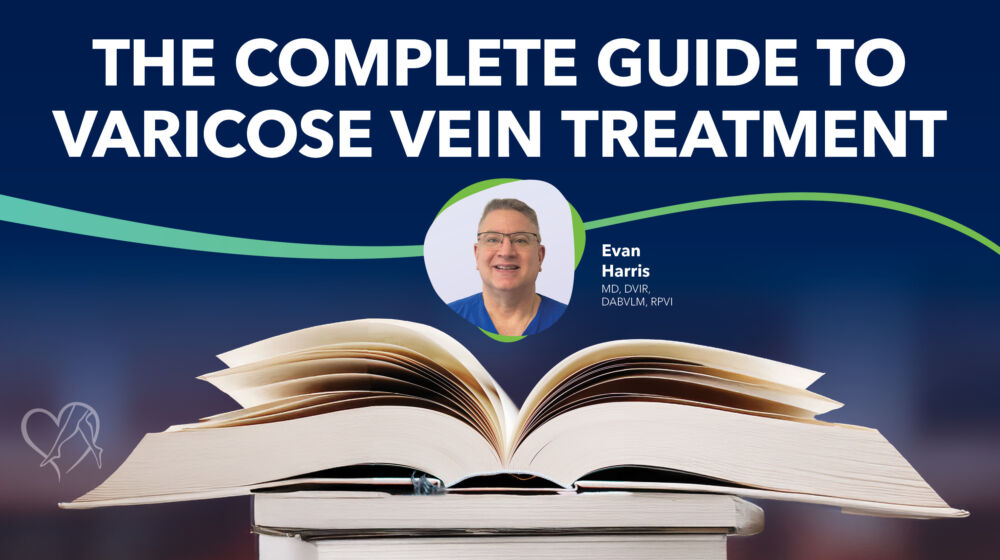
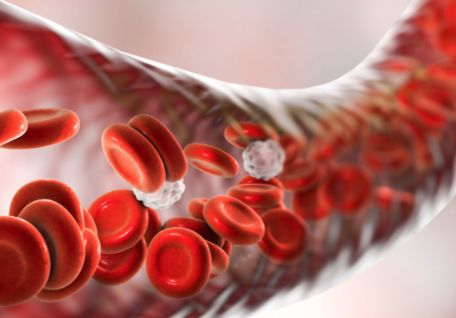 About Vein Disease
About Vein Disease
 Spider Veins
Spider Veins
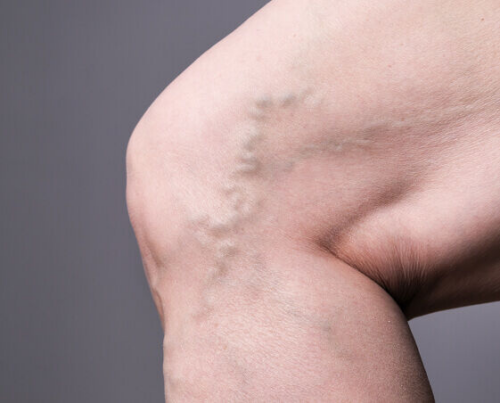 Varicose Veins
Varicose Veins
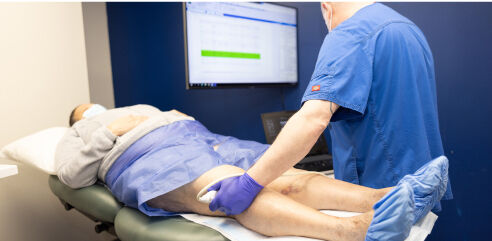 Vein Disease Treatments
Vein Disease Treatments
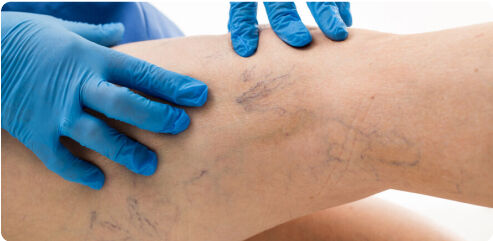 Treating Spider Veins
Treating Spider Veins
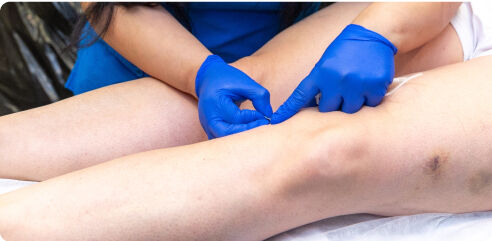 Treating Varicose Veins
Treating Varicose Veins
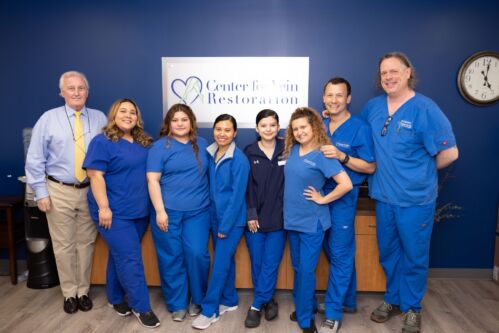 About Us
About Us
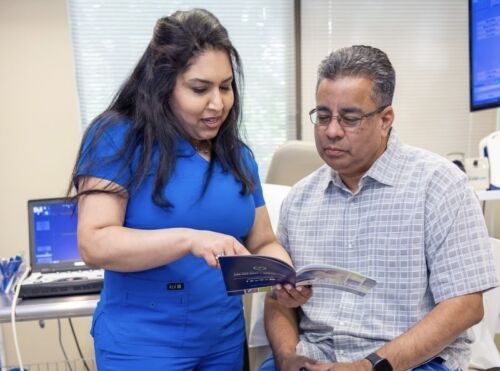 Patient Resources
Patient Resources
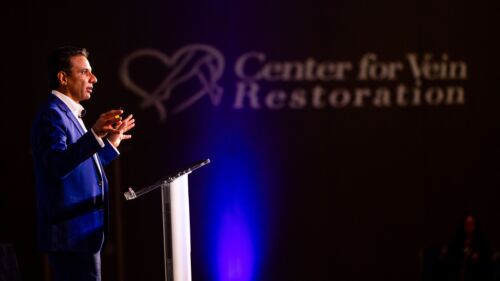 Physician Resources
Physician Resources

